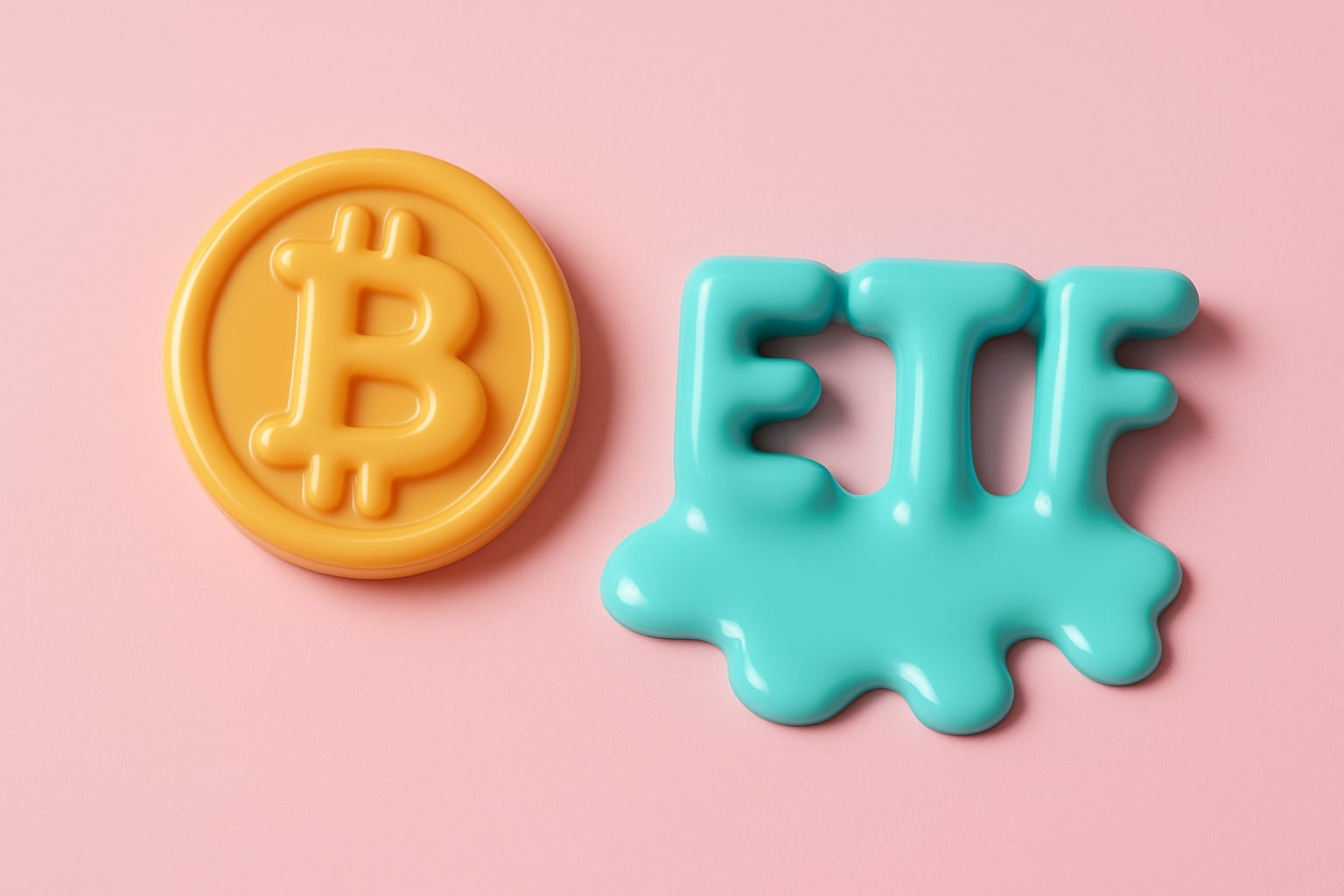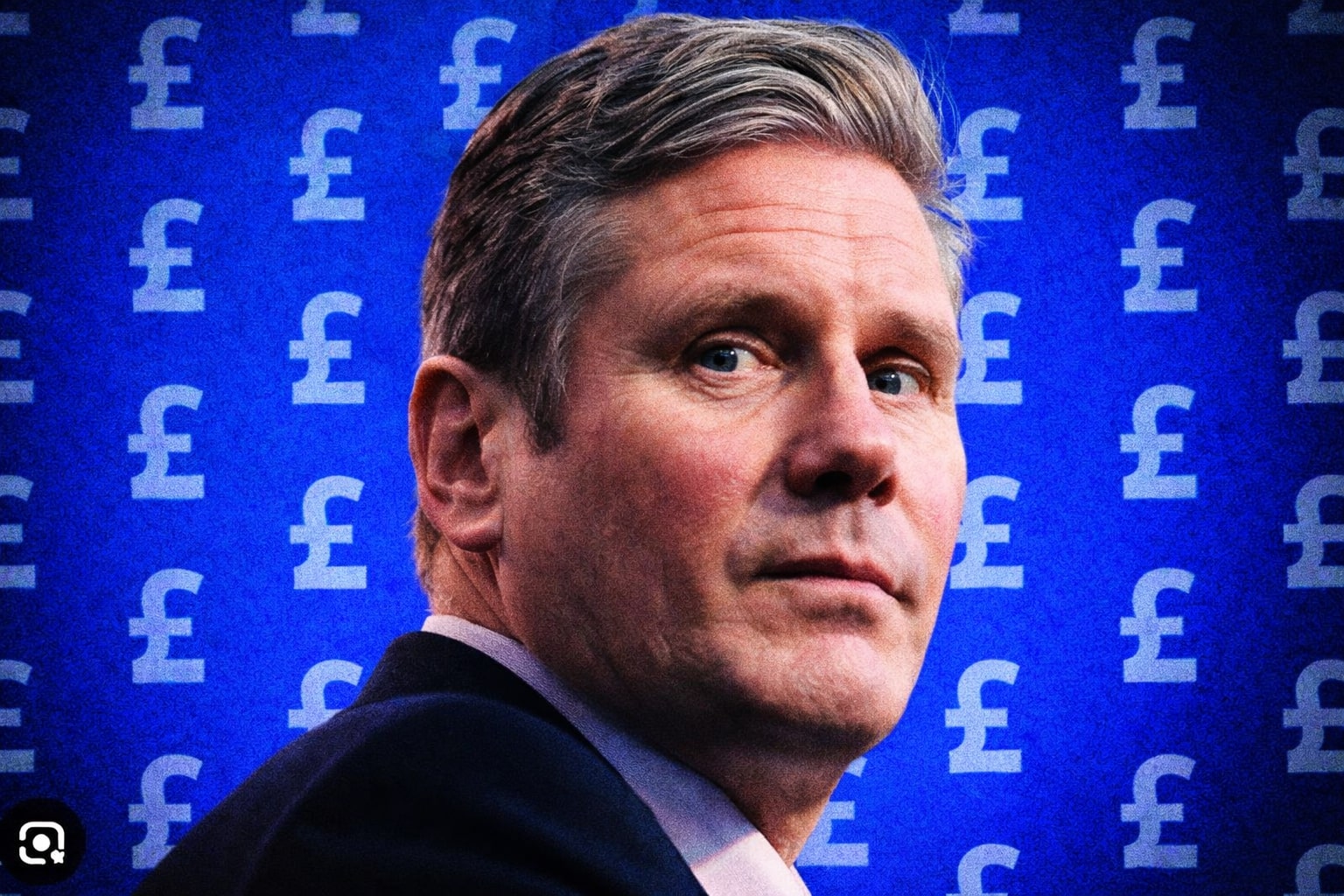Bitcoin ETF Inflows Hit Record $12.8 Billion In July (BTC-USD)
Spot cryptocurrency exchange-traded funds recorded an unprecedented $12.8 billion of net inflows during July 2025, more than doubling the previous monthly high of $5.3 billion in December 2024. Nearly half of that surge—approximately $6.0 billion—was funneled into Bitcoin-backed ETFs as the flagship cryptocurrency soared to a new intramonth peak of $123,091 on July 14. The remaining $5.4 billion found its way into Ethereum ETFs, which posted a 369 percent increase in July’s inflow pace, lifting Ethereum’s price from $2,500 to $3,940 over the same period.
BlackRock’s IBIT Sees $2.6 Billion Outflow Amid Renewed Caution
On August 1, BlackRock’s IBIT ETF marked its largest two-month outflow with $2.6 billion of redemptions, coinciding with a broader weekly net withdrawal of $643 million from all U.S. Bitcoin spot ETFs. Friday’s $812 million of outflows underscored a temporary shift in institutional sentiment, amplified by CryptoQuant data showing Tron-network USDT transfers from Binance plunging 35 percent from $2.0 billion to $1.3 billion. This synchronous decline in stablecoin throughput and ETF holdings suggests an accelerated unwind of leveraged positions among large investors.
Futures Open Interest Collapse Signals Deleveraging Phase
Following a record monthly close for Bitcoin in July, Bitcoin futures open interest slipped to its lowest reading since July 10, falling 15 percent from peak levels. QCP Capital analysts note that this purge of excessive futures positioning often precedes renewed accumulation as market participants rebuild exposure on firmer ground. The weighted funding rate, which peaked at 0.0524 percent in early July, also eased to 0.0090 percent, reflecting a cooling of speculative leverage and laying the groundwork for a potential return of fresh ETF inflows.
Macro Backdrop: Rate-Cut Odds And Economic Uncertainty
July’s job report revisions sliced 258,000 roles from May and June payroll figures, driving the Federal Reserve rate-cut probability for September to 80 percent, up from 39 percent just one week prior. That shift in monetary outlook, coupled with newly announced reciprocal tariffs set to hit on August 7, has fueled a nuanced risk-on environment. While headline inflows receded, constructive macro catalysts—specifically easing labor data and dovish Fed expectations—remain key inputs underpinning the longer-term Bitcoin narrative.
On-Chain Flows And Liquidity Walls Define $112K–$116K Range
Order-book heat maps identify a heavy cluster of sell orders between $115,800 and $116,000, forming a near-term ceiling. Conversely, bids stacked from $113,800 down to the prior all-time high at $110,000 highlight robust demand zones. Friday’s washout tested support as low as $112,000, a level traders now view as critical: a reclaim above $115,850 would confirm that the $112,000 area held as a local bottom and set the stage for a retest of July’s record monthly close at $116,480.
Options Market Positions Point To $126,000 Target
August 29 Bitcoin call-option open interest is concentrated at strikes of $118,000, $124,000, and $126,000, signaling that professional traders anticipate a continued advance. Despite elevated front-end put skew, OI data does not yet reflect panic; rather, it suggests a measured accumulation strategy. QCP Capital underscores that renewed positive ETF netflows alongside tightening volatility skew would validate a buy-the-dip thesis ahead of the next leg higher.
Recommendation: Bullish
Given the historic $12.8 billion of July ETF inflows, the deleveraging of futures positions, and the confluence of supportive macro trends, the balance of evidence favors a bullish posture on Bitcoin (BTC-USD). A sustained return of ETF inflows above $500 million per session would reinforce this view, targeting a breakthrough above $123,200 and an eventual run toward $130,000. Protective support resides at $112,000, and a daily close below that pivot could warrant a reassessment. On current data, maintaining a Buy stance with a stop below $110,000 aligns risk and reward for institutional-grade exposure.



















